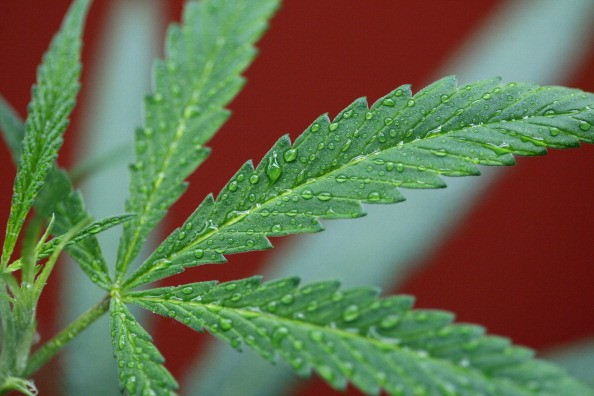
Glaucoma patients frequently ask their doctors for prescriptions for medical marijuana because they have a notion that it is effective against the eye disease, according to a new survey. That belief is a misconception.
Glaucoma is high fluid pressure within the eye and can cause blindness. Recent research has shown that prescription eye drops are much more effective at lowering intraocular pressure than is marijuana.
Because of this misconception, ophthalmologists and other health professionals who treat the eye must inform patients that marijuana is not useful against glaucoma because the effects do not last long enough to be practical, the survey concluded. The article was published in the journal JAMA Ophthalmology.
Although smoking marijuana can reduce fluid pressure inside the eye, the effects only last for 3 to 4 hours. Someone with glaucoma would have to smoke marijuana 8 to 10 times a day to keep the pressure down. "You have to smoke it continuously, and you just can't live that way," an editorial that accompanied the article stated. This research was done several decades ago.
However, now there are medicated eye drops on the market that are much more effective than marijuana at reducing eye pressure, with effects last much longer, Mitch Earleywine, an advisory board member for NORML, told WebMD. NORML is an organization that advocates for reform of marijuana laws.
The survey set out to find why glaucoma patients continue to ask eye doctors for marijuana prescriptions. Researchers surveyed 204 patients who were being treated at a glaucoma clinic in Washington, D.C., which legalized medical marijuana in 2010.
They found that patients ask for a marijuana prescription because the legalization of marijuana for medical uses gives them the idea that it must be an effective treatment. Glaucoma patients were also more likely to ask for marijuana if they were not satisfied with the quality of their care or if they felt their medications were too expensive. However, the severity of a person's glaucoma did not influence whether that person wanted to try marijuana.
You can read the article at JAMA Ophthalmology here.



